LG C3 vs Samsung QN90C: Can Samsung's QN90C Topple the LG C3's OLED Dominance?
By Elisabeth Christ
Published May 2024

In 2023, the battle for TV supremacy rages on, with the LG C3 OLED and Samsung QN90C Mini LED at the forefront. The C3, boasting LG's renowned OLED technology, is known for its perfect blacks and infinite contrast. However, Samsung's QN90C, equipped with Mini LED backlighting, challenges the OLED throne with its incredible brightness and vibrant colors. Let's dive into a detailed comparison to see if the QN90C can dethrone the reigning champion.
Key Takeaways
The LG C3 and Samsung QN90C, both vying for the 2023 TV crown, showcase distinct display technologies. The C3 boasts LG's OLED evo panel, delivering perfect blacks, infinite contrast, and a 120Hz refresh rate powered by the α9 Gen5 AI Processor 4K. It supports HDR10, HLG, and Dolby Vision IQ, making it ideal for dark room viewing and cinematic experiences. The QN90C, with its Mini LED technology and Quantum Matrix Technology, offers exceptional brightness, a wider color gamut, and HDR10, HDR10+, and HLG support. It also features a 120Hz refresh rate, Object Tracking Sound+, and Q-Symphony for enhanced audio. While the C3 excels in dark environments, the QN90C shines in bright rooms and with HDR content.


Samsung QN90D
Better Choice for Bright Room Viewing
✓ NQ4 AI Gen2 Processor with intelligent features that enhance the viewing experience
✓ Quantum Matrix Technology for detailed imaging by ultra-fine light control
✓ Motion Xcelerator 144Hz
✓ Ultra-slim design

Samsung QN90C
Better Choice for Picture Performance
✓ 1,787 nits peak brightness
✓ HDR10+, HDR10, and HLG formats support
✓ 120Hz refresh rate
✓ Optimized eye comfort mode for screen contrast adjusments
#1 Price & Design

LG OLED Evo C3
The LG C3 and Samsung QN90C are premium TVs, but the C3 generally comes in at a slightly lower price point for comparable sizes. For the 55-inch model, though, the C3 stands at $1,699 price tag while the QN90C settle on a little bit higher points at $1,999. Design-wise, both models sport sleek, minimalist aesthetics. The C3 is remarkably thin, with virtually non-existent bezels, making it ideal for wall mounting. The QN90C, on the other hand, is slightly thicker due to its Mini LED backlight, but it still boasts a modern design with a slim profile and a central stand.
Both TVs offer a premium build quality with high-quality materials. The C3's thinness might appeal to those who prioritize a seamless look, while the QN90C's more substantial build might offer a sense of durability for some. Ultimately, the choice boils down to personal preference and budget considerations.
#2 Image Quality

Samsung QN90C
Talking about the image quality, the LG C3's OLED evo panel is renowned for its self-emissive pixels, which can turn on and off individually, resulting in perfect blacks and infinite contrast. This translates to a truly cinematic experience with unparalleled depth and detail, especially in dark scenes. The C3 supports HDR10, HLG, and Dolby Vision IQ, ensuring optimal picture quality for a wide range of content.
Meanwhile, the Samsung QN90C, with its Mini LED backlighting, also delivers exceptional brightness and vibrant colors. Its Quantum Matrix Technology with Mini LEDs allows for precise backlighting control, resulting in deep blacks (though not as deep as OLED) and impressive HDR performance. The QN90C supports HDR10, HDR10+, and HLG, offering a wider color gamut and vibrant visuals. From this, now we know that both TVs excel in their own right. The C3’s perfect blacks and infinite contrast are unmatched, while the QN90C’s brightness and color volume create a more impactful viewing experience in bright environments.
#3 Sound Quality

LG OLED Evo C3
Sound quality is an essential aspect of any TV experience. The LG C3 features a 2.2 channel speaker system with a total output of 40W. While it offers clear dialogue and decent overall sound, it might lack the punch and immersion for action-packed movies or intense gaming sessions.
On the other hand, the Samsung QN90C boasts a 4.2.2 channel speaker system with a total output of 60W. It also features Object Tracking Sound+, which moves audio in sync with on-screen action, and Q-Symphony, which integrates the TV's speakers with compatible Samsung soundbars for a more immersive experience. While both TVs offer decent sound quality for casual viewing, the QN90C edges out the C3 with its more powerful speakers and advanced audio features.
#4 Features & Performance

Samsung QN90C
Both the LG C3 and Samsung QN90C are packed with features and deliver stellar performance. The C3 is powered by the α9 AI Processor 4K Gen6, which uses deep learning algorithms to enhance picture and sound quality. It boasts a 120Hz native refresh rate, making it ideal for gaming and fast-paced action. The C3 also features LG's webOS smart TV platform, known for its intuitive interface and wide range of streaming apps.
Moving on to the Samsung QN90C, it is equipped with the Neural Quantum Processor 4K, which also employs AI to upscale content and optimize picture quality. It also has a 120Hz native refresh rate and offers various gaming features like FreeSync Premium Pro and a dedicated Game Bar. The QN90C runs on Samsung's Tizen platform, which is known for its user-friendly interface and extensive app library. Both TVs offer excellent smart TV functionality, with intuitive interfaces and a vast selection of streaming apps. They also provide various connectivity options, including HDMI 2.1 ports for next-gen gaming consoles.
#5 Potential Drawbacks

LG OLED Evo C3
While both the LG C3 and Samsung QN90C boast impressive features, they also present potential drawbacks that might sway your decision. The C3's OLED technology, while renowned for its perfect blacks, can be susceptible to image retention with extended display of static elements. Additionally, its limited peak brightness might not be ideal for exceptionally bright rooms.
On the other hand, the QN90C's Mini LED technology, while offering impressive brightness and color volume, might experience some blooming around bright objects against dark backgrounds. Moreover, its local dimming algorithm, though effective, can sometimes be overly aggressive, leading to crushed black levels in certain scenes.
LG C3 vs Samsung QN90C
Final Thoughts

LG C3 vs Samsung QN90D
Whether you're a cinephile seeking the ultimate home theater experience or a gamer craving the smoothest, most responsive gameplay, the LG C3 and the Samsung QN90C are both worthy contenders. The decision ultimately comes down to your personal preferences and the specific needs of your entertainment setup.
Consider your typical viewing environment, the type of content you enjoy, and your budget. Whether you're a movie buff, a gamer, or a sports enthusiast, both the LG C3 and Samsung QN90D offer exceptional viewing experiences. The ultimate decision rests in your hands. Choose wisely, and may your viewing pleasure be forever enhanced.
If you like to read more about Smart TVs, check out our other relevant guides here:
Samsung QN800D vs QN900D
Samsung QN85C vs QN85D
Samsung QN90D vs QN90C
Samsung QN900C vs QN900D
Samsung QN800C vs QN800D
Don't miss out on tech
Subscribe to our newsletter to stay up to date on the latest tech trends and guides on the best gadgets around.


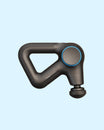
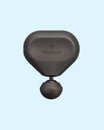

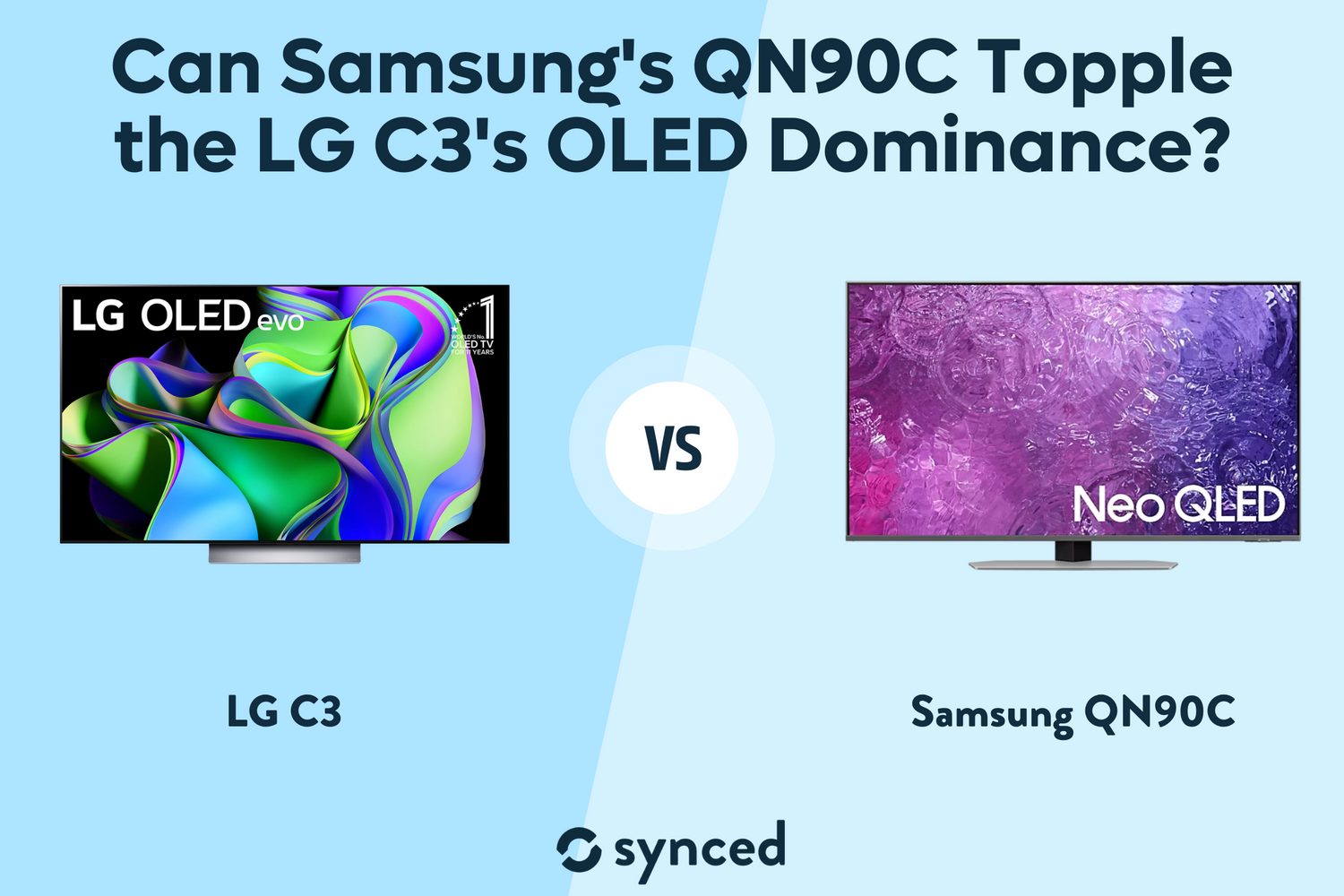
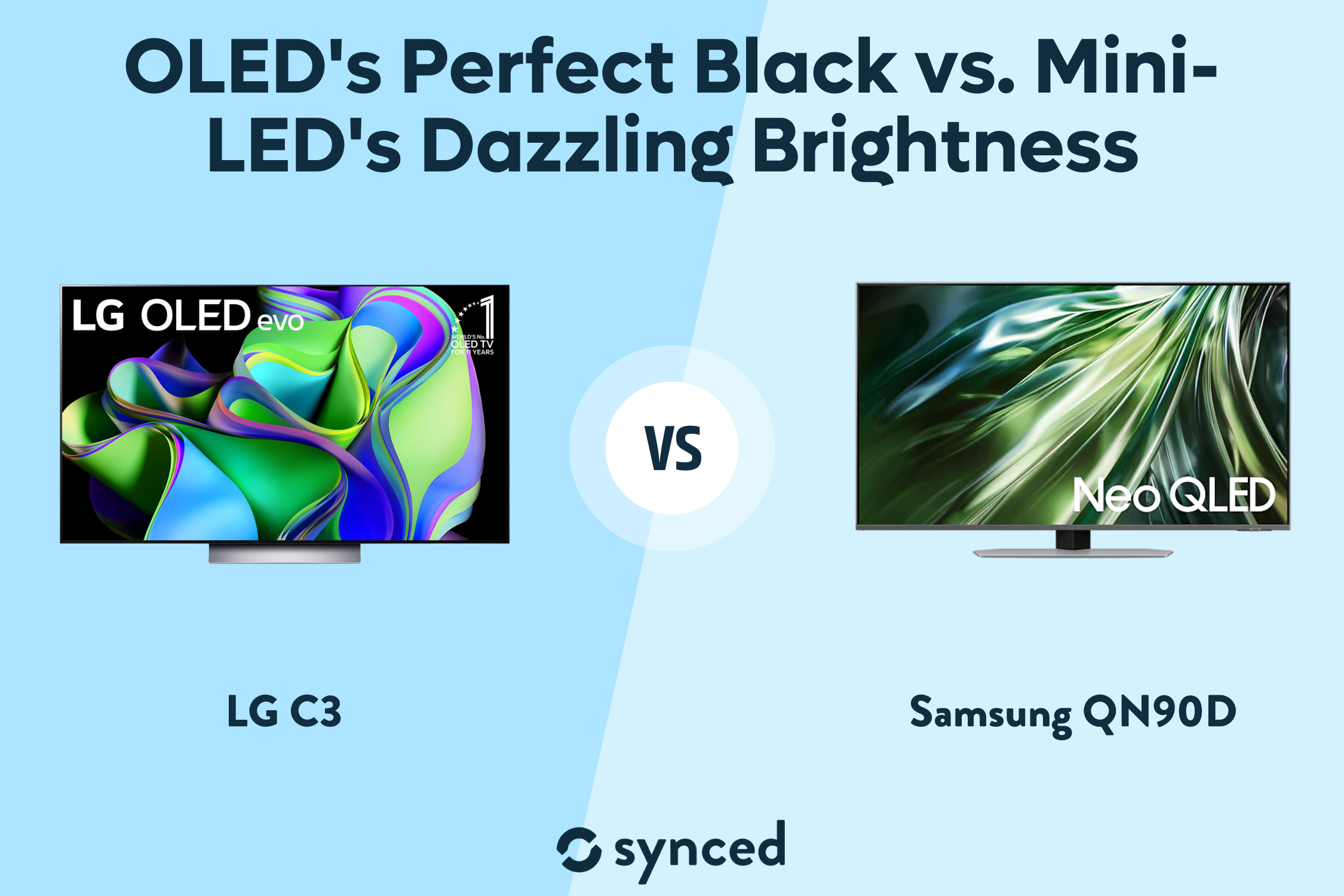
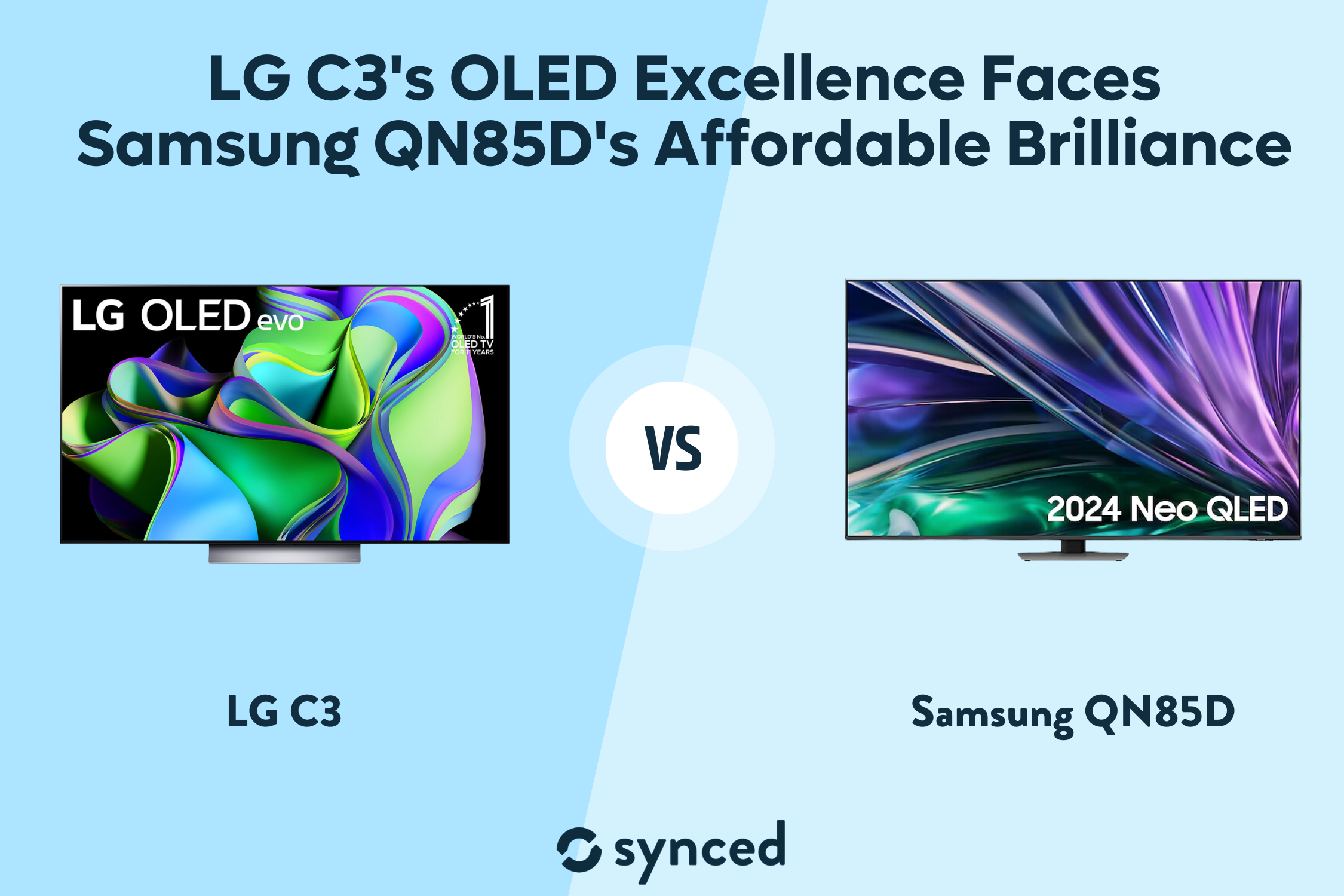
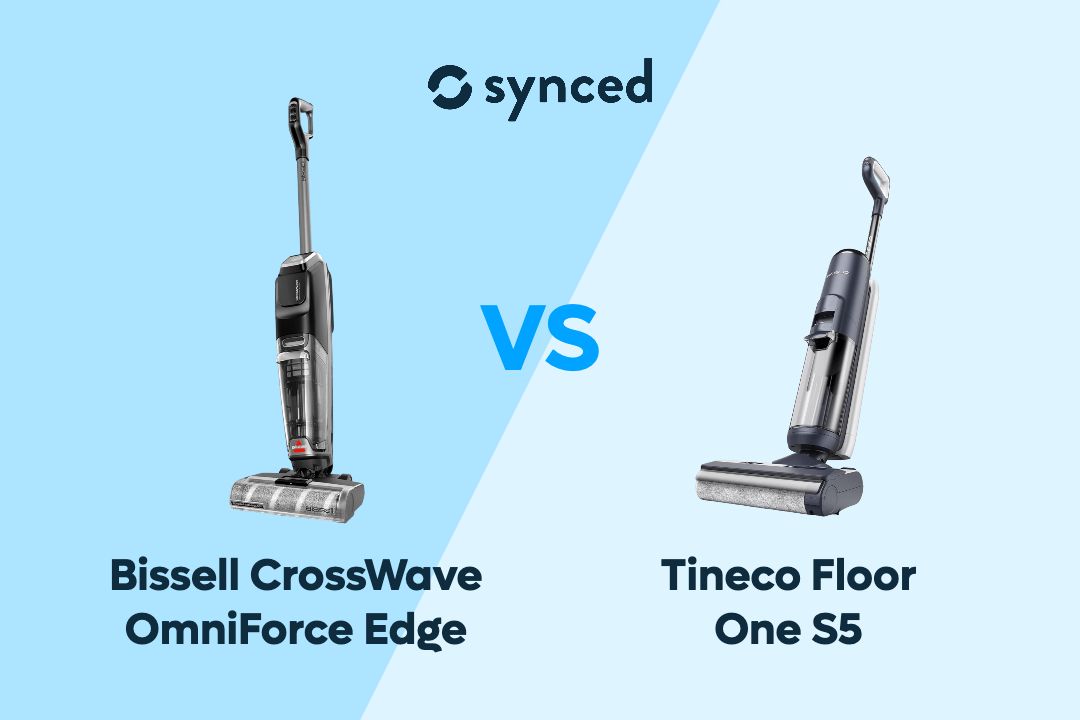
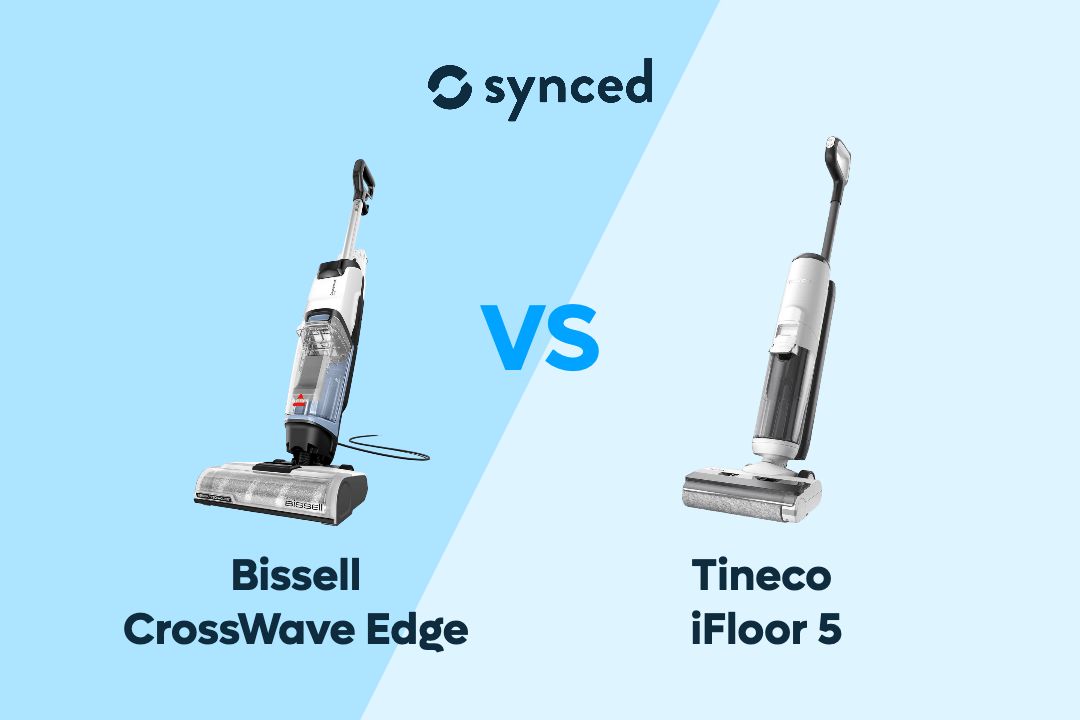
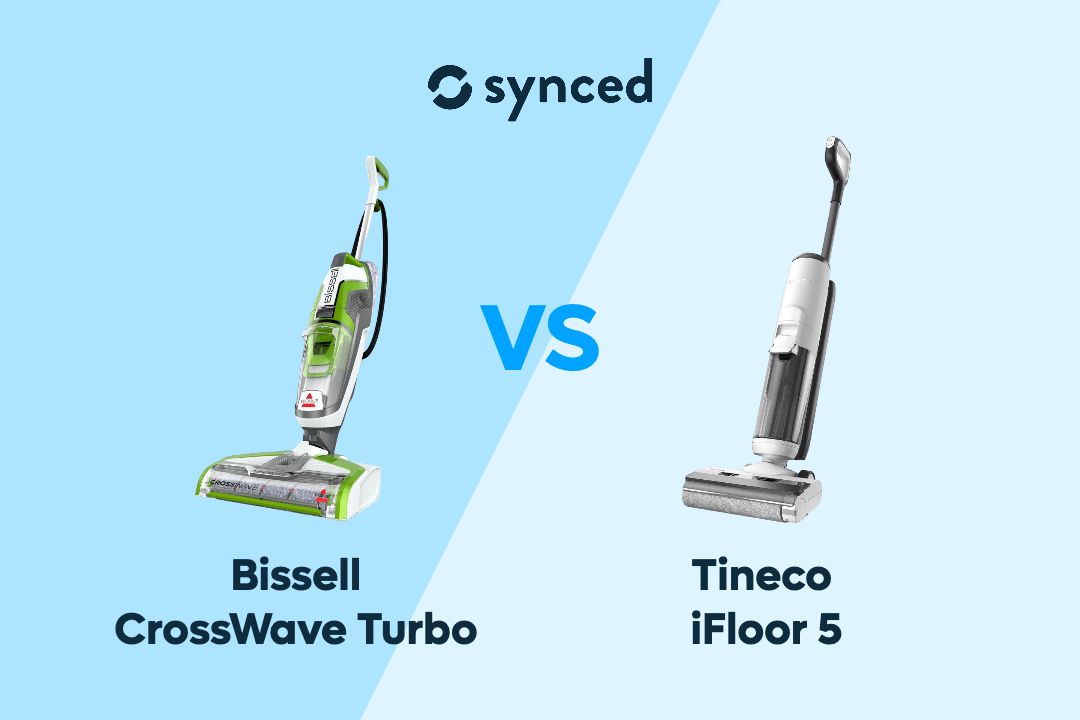
Leave a comment
This site is protected by hCaptcha and the hCaptcha Privacy Policy and Terms of Service apply.